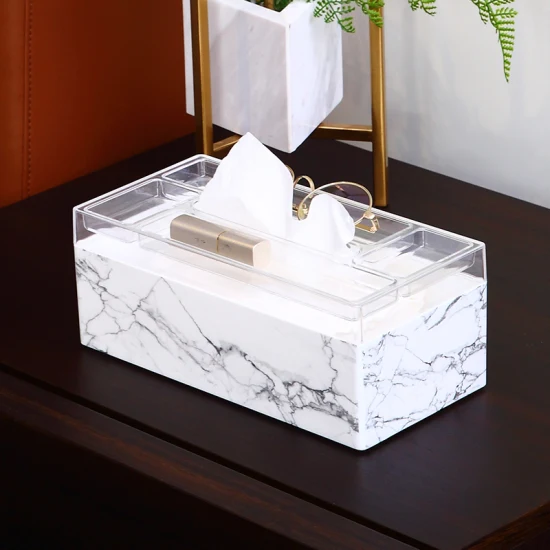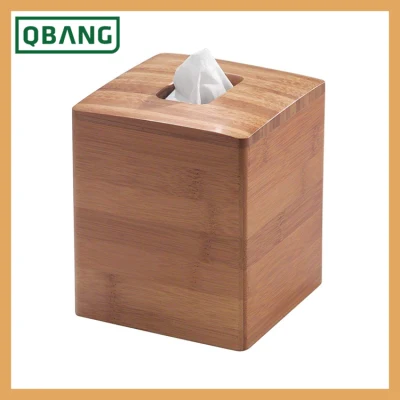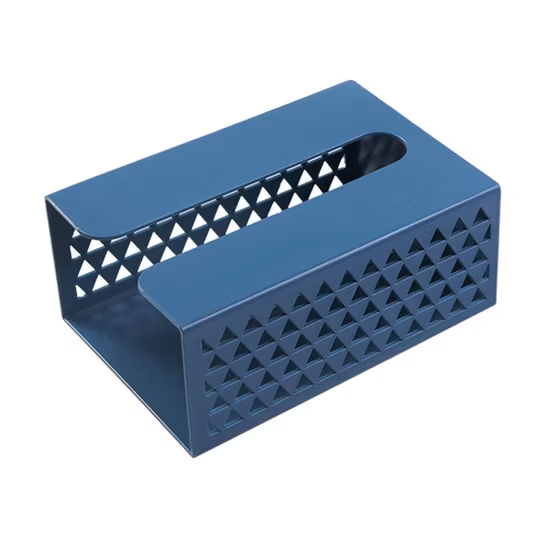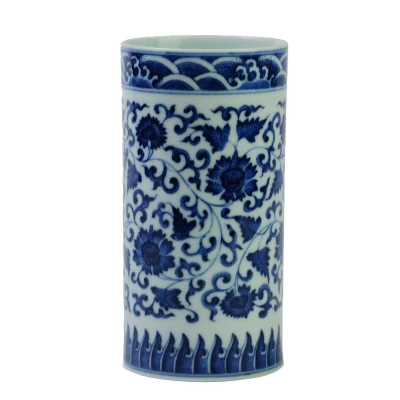
Chai Kiln Hand Painted Blue and White Double Phoenix Ball Pattern Brush Pot Imitating Xuande in Firewood Kiln
THE HISTORY OF BLUE AND WHITE PORCELAIN • Blue and white porcelain began to be made in large amounts in Jingdezhen start
Description
Basic Info.
| Model NO. | YQLK-BnW-XDPot |
| Surface Pattern | Blue and White |
| Surface Decoration | Painted |
| Color | Blue and White |
| Remark | Antique,Mark and Period of Xuande |
| Transport Package | Wooden Case |
| Trademark | YQ |
| Origin | China, Jindezhen |
| Production Capacity | 500 Set/Month |
Product Description
THE HISTORY OF BLUE AND WHITE PORCELAIN
• Blue and white porcelain began to be made in large amounts in Jingdezhen starting in the Ming(1368-1644) and Qing (1644-1911) dynasties,gradually becoming the most recognizable ceramic style in both the East and West.• This blue and white vase can tell you a lot about China's international history.• The story begins with the mineral known as cobalt,which the Persians used to make a unique pigment which turned blue when heated.• In the 13th century when the Yuan Dynasty took over China, Islamic culture penetrated into Chinese territory.• Blue was a favorite color of Muslims as it symbolized water-"the treasure of the desert".Chinese masters worked the imported blue powder into floral scrolls on the stark white porcelain, so the style came to be known as Qinghua, which literally means blue flowers.• Later in the Ming and Qing dynasties, Qinghua was made in large amounts in Jingdezhen and became the most recognizable style in both East and West.• Vessels exported from China could be found all around the world, from national museums to private collections.• Many cultures around the world have had their symbols etched in Chinese blue and white.
THE HISTORY OF JINGDEZHEN
Jingdezhen, a world-famous porcelain town in Jiangxi. In Chinese, the name Jingdezhen is virtually synonymous with ceramics,particularly porcelain.
• Historical records tell of Jingdezhen (then called Xinping) making porcelain in the Han Dynasty (206 BC - 220 AD), while archaeological excavations have shown evidence of Jingdezhen firing porcelain in the Eastern Jin Dynasty (265-420).
• Jingdezhen Porcelain developed rapidly in the Song and Yuan dynasties (960-1368), and a series of imperial factories was set up in Zhushan (a district of Jingdezhen) during the Ming and Qing dynasties (1368-1912), making Jingdezhen the nation's porcelain center.
• Jingdezhen porcelain is characterized by its beautiful shapes, various varieties, rich decorations,and unique styles. It is quite famous for its white porcelain, which is known for being 'white as jade,bright as a mirror, thin as paper, and sounding like a rock'.
• Regarding Chinese porcelain's glaze, blue was traditionally taken as the most precious color.
• During the Northern Song Dynasty (960-1127),Jingdezhen kilns imitated the tone and moist texture of blue and white jade, and creatively fired a kind of qingbai ware ('blue-white' ware).
• The production of blue-white ware made Jingdezhen Porcelain particular important and famous at home and abroad.
OUR CRAFTSMAN
• We have many Chinese masters of arts and crafts, Jiangxi masters of arts and crafts, as well as national first-class technicians and professional cooperation teams.• These craftsmen have been employed for more than 20 or 30 years and were born in Jingdezhen's porcelain family.• Their craftsmanship has also been passed down from generation to generation. We hope that through the efforts of the company and the craftsmen, the Chinese traditional ceramic culture as well as technology and aesthetics can be truly integrated into modern life, so that more people can feel, touch and use these artifacts.• This is more like a dialogue with the ancients and the modern people.• Porcelain transformed from the soil of nature• It was once called "white gold" in western European countries• Blue and white porcelain is the first global commodity• The Ming Dynasty was at the beginning of global trade• Witness the prosperity of porcelain trade between China and the West in the 17th centuryCaliber: 6.5 Bottom diameter: 6.3 Height: 13Process: blue and white style: long kiln wareIn the "Atlas of Ancient Chinese Ceramics", it is said that "the pen holder, a tool for the study, is used to insert the brush, which was first seen in the Song Dynasty and was popular in the Qing Dynasty, with the shape of a barrel". The predecessor of the pen holder is the pen boat, the pen bed and the pen case, which first appeared in the Song Dynasty. Because of its small, delicate and convenient use, the pen holder soon became popular. In the Ming Dynasty, the pen holder with round mouth and straight wall, new shape, simple and practical began to appear, and became the new favorite of scholars and scholars. It is still flourishing.The pen holder should have appeared in the middle and late Ming Dynasty, probably from the bamboo pen holder. Since then, the penholder has become the most important tool for holding pens in the traditional Chinese stationery.
Type | cylindrical
Compared with other special-shaped pen holders, the shaping technology is actually the simplest, but the processing of the picture is the most difficult because of the circle.For the casting master, without more than ten years of skill, he can't complete the production of this shape.
Decoration | Entangled branches and lotus
Entangled branches are the most common patterns on porcelain. It prevailed in the Yuan Dynasty. It takes the branches or vines of plants as the skeleton, extending up and down, left and right. The basic principle of its composition is to combine the wavy line with the tangent line, and make the continuous expansion of the two sides or the four sides to form the basic pattern of wavy and lingering, and then decorate the tangent space or the wavy line with flowers and dots with leaves to form the branch and stem winding, the flowery and leafy flower pattern or the flower and fruit pattern of tangled branches, and the overall pattern circulates, circularly flows, and changes endlessly.

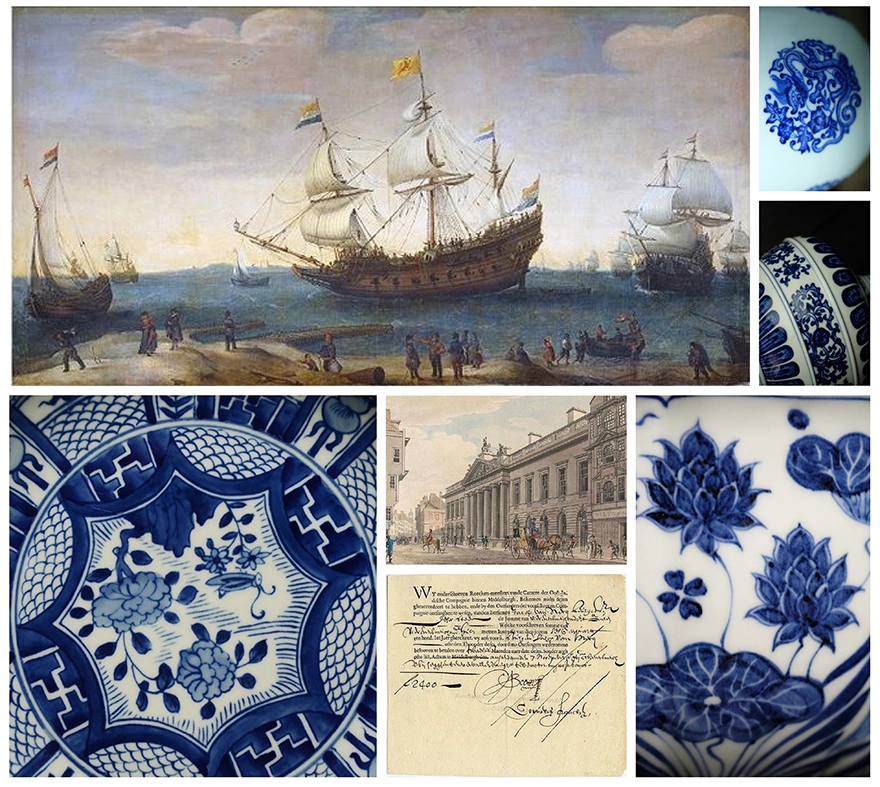
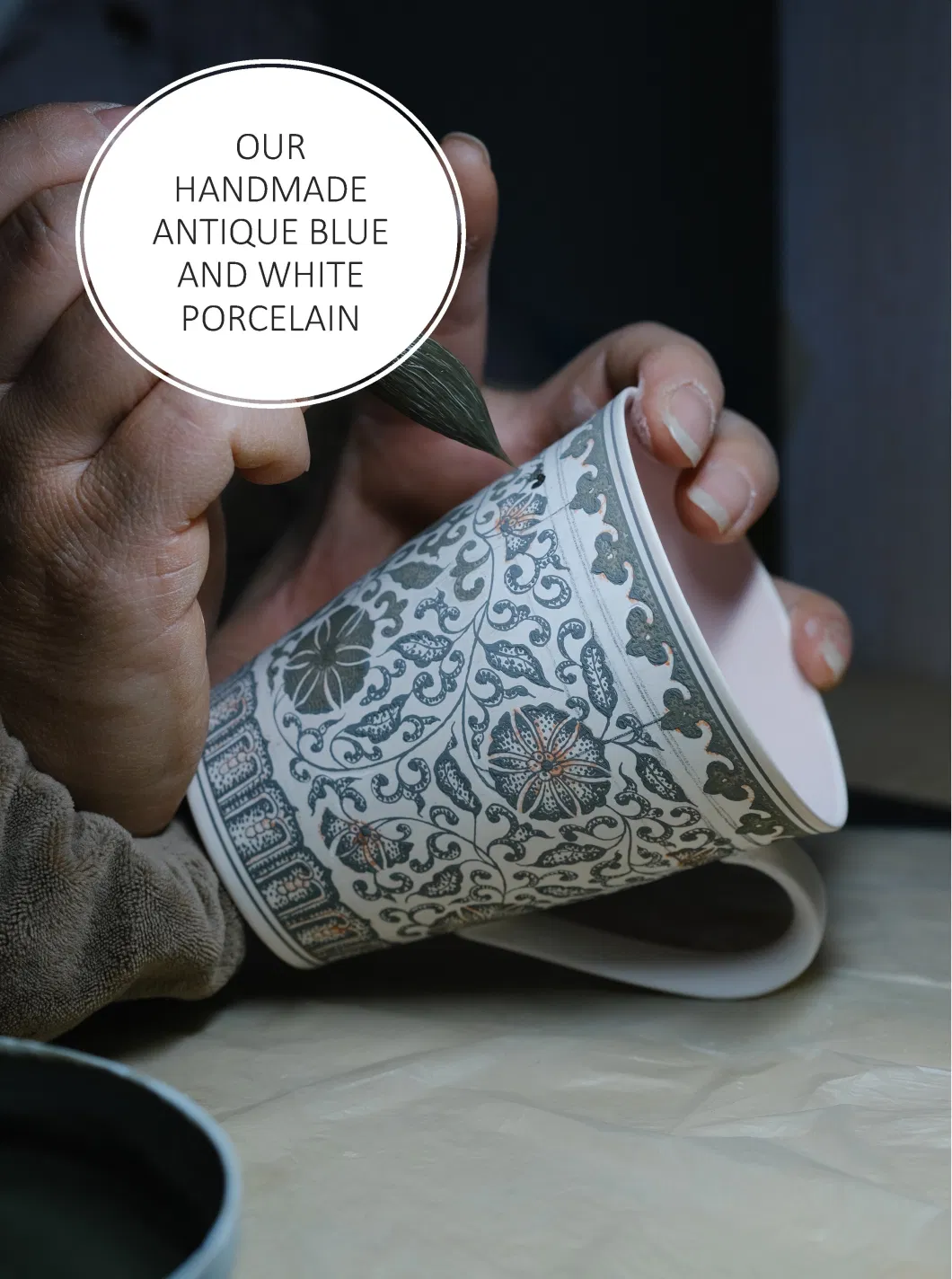
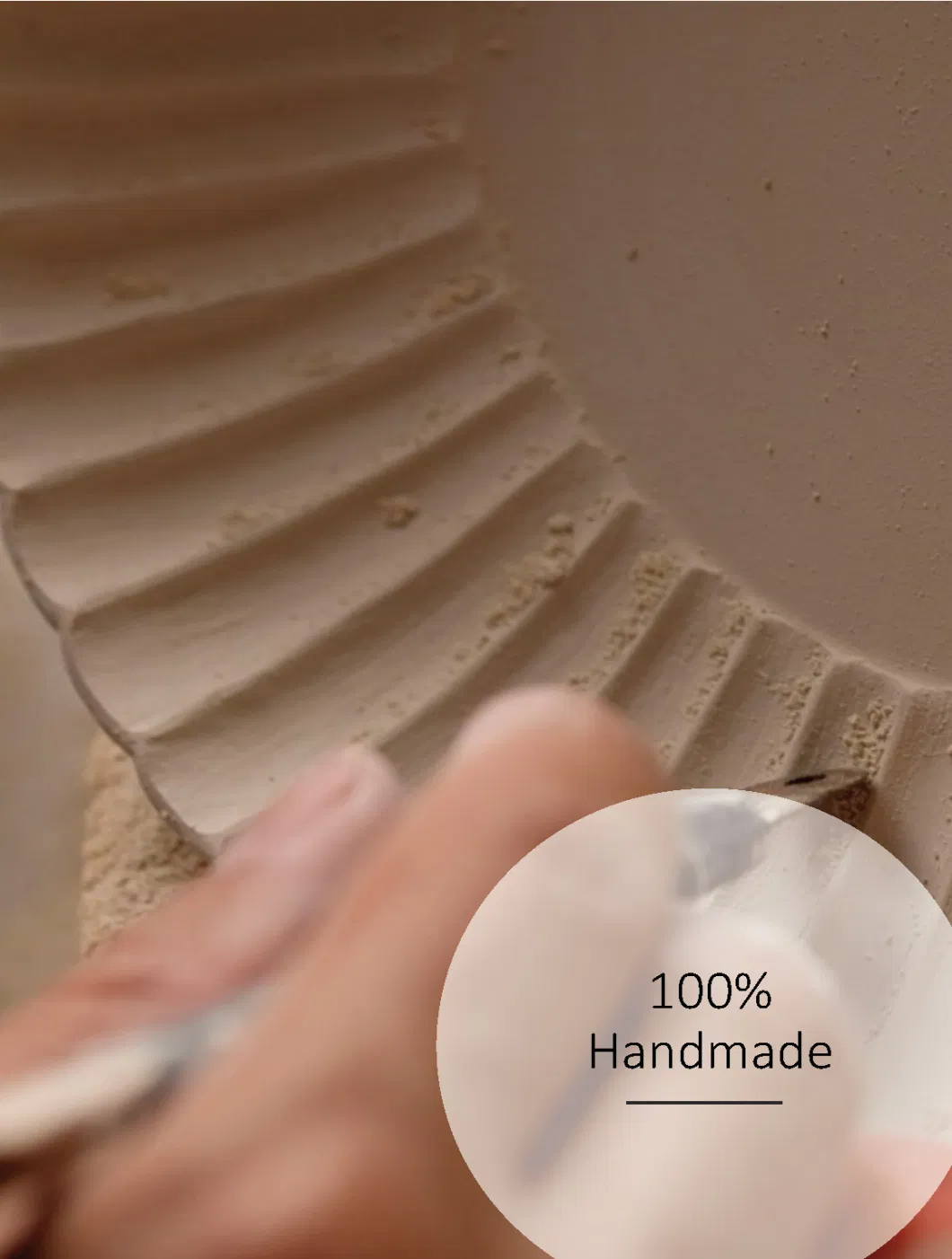
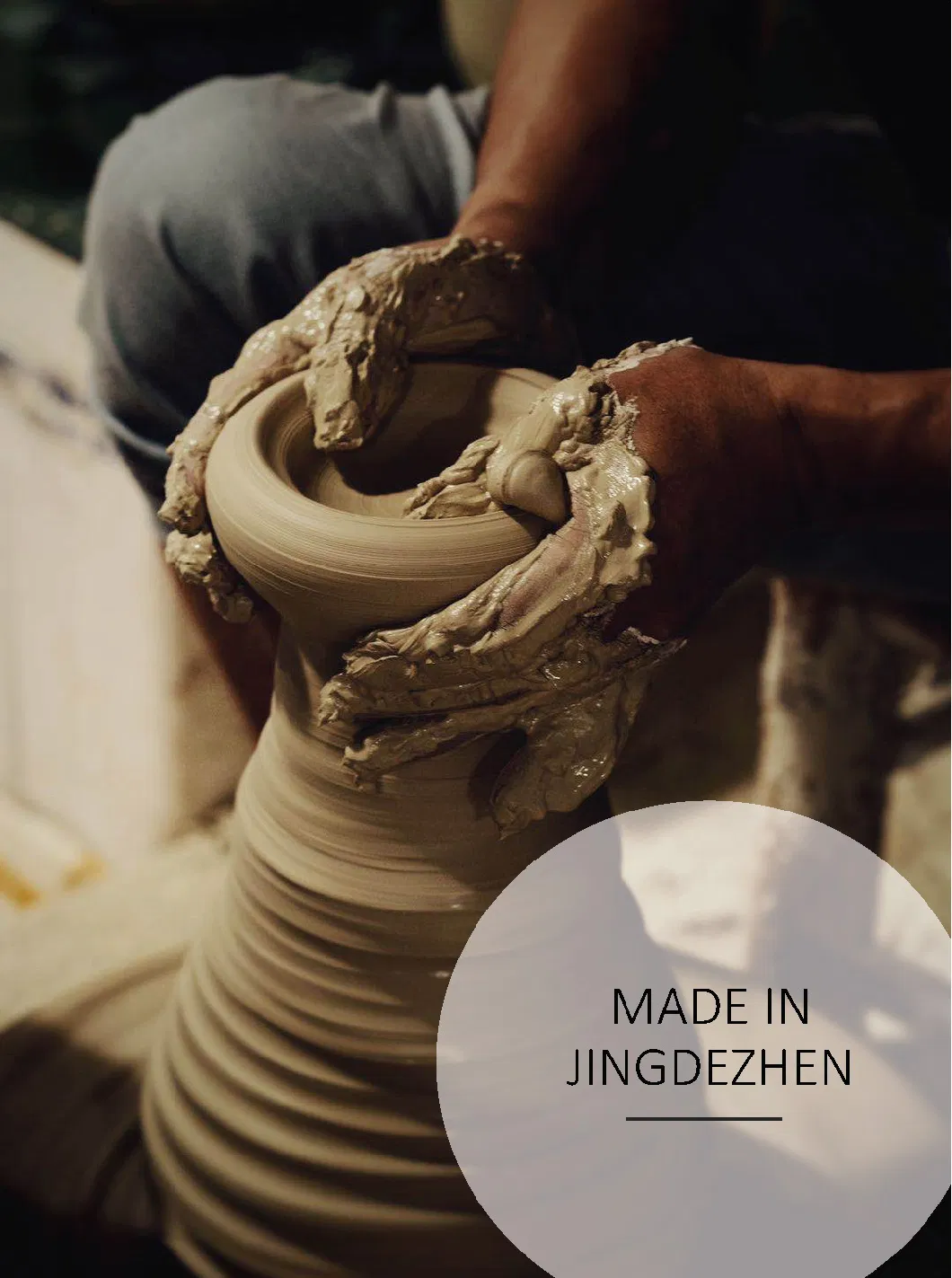
Prev: Foldable Portable Plastic Washer Paint Brush Washer Pot with Sponge
Next: Top Sales Resistant Steel Kitchen Jar Pot with Flavour
Our Contact
Send now


